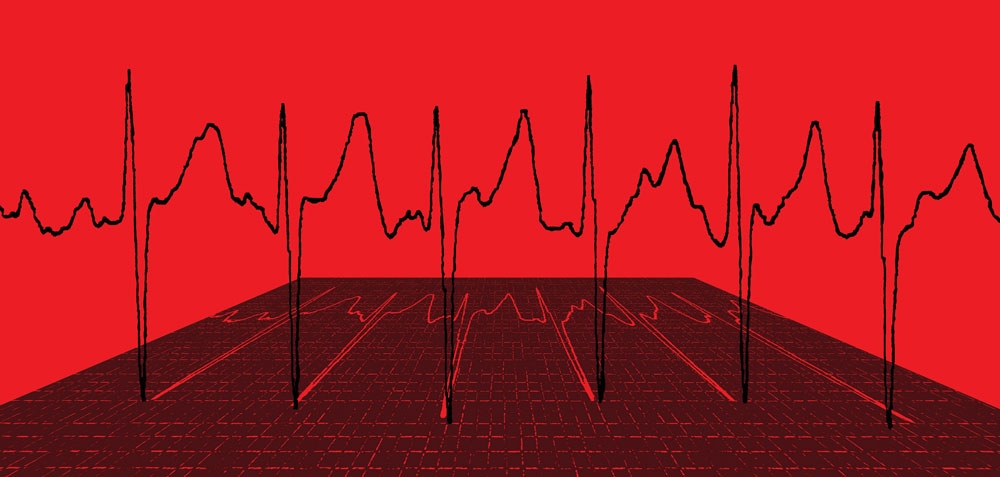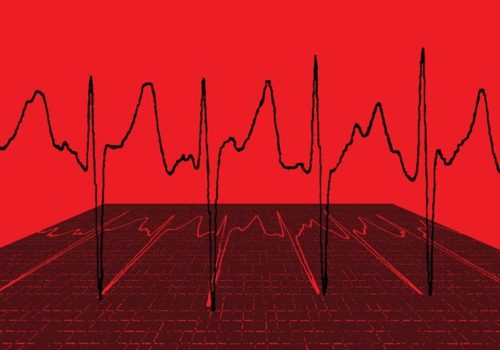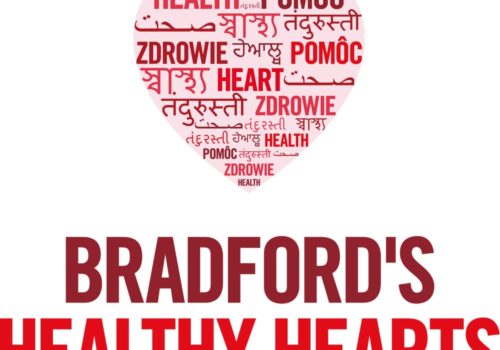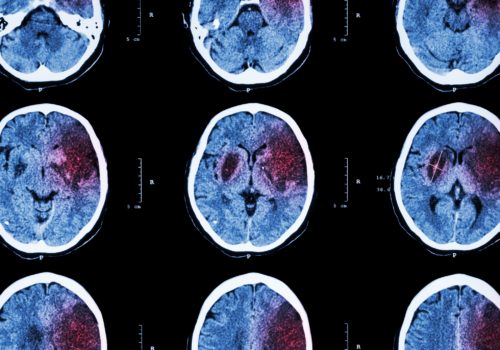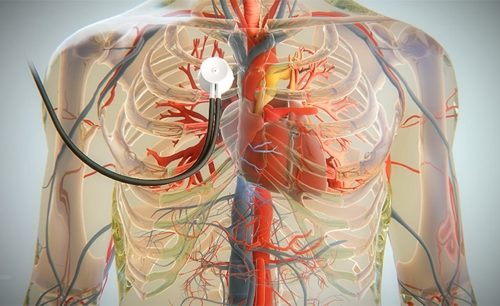Atrial fibrillation (AF) is the commonest sustained cardiac dysrhythmia, but is asymptomatic in about one quarter of patients. Case finding with subsequent assessment of the risk of stroke and bleeding are essential to ensure that the right patients receive appropriate intervention with oral anticoagulation.
Stroke prevention in atrial fibrillation
The prevalence of atrial fibrillation (AF), together with the condition’s associated stroke and systemic thromboembolic risk, is increasing significantly. Fortunately, there are clear, evidence-based clinical guidelines and risk stratification tools, to ensure that patients can make informed choices about optimising their treatment and care.
Bradford’s Healthy Hearts: Live longer, better
In the first 15 months of its operation, Bradford’s Healthy Hearts campaign has significantly improved the cardiovascular health of local people, and saved an estimated £1.2 m for the clinical commissioning group.
CVD prevention: It all starts with lifestyle
Approaches to the prevention of cardiovascular disease should be tailored to each individual. But almost everyone will benefit from lifestyle interventions that have been shown to reduce cardiovascular risk.
The size of the prize: Doing things differently to improve CVD outcomes
In 2014, the Five-Year Forward View articulated clearly that, if the NHS is to be sustainable, it needs to get serious about prevention. The initial focus was on diabetes prevention; now the national prevention focus has switched to prevention of cardiovascular disease.
Make every contact count for CVD prevention
Cardiovascular disease (CVD) remains a significant cause of disability and death in the UK, and it is one of the conditions most strongly associated with health inequalities. We can help reduce the CVD burden by reminding our patients of the benefits of a healthy lifestyle.
Ischaemic heart disease: One of the biggest killers
Ischaemic or coronary heart disease is the single leading cause of death in any Western population but more critically is one of the leading causes of premature deaths (i.e. deaths 75 years) in both men and women. There are numerous risk factors for ischaemic heart disease and understanding these and other comorbidities is critical to achieving optimal outcomes.
Reducing the pressure in diabetes management
We all know that diabetes prevalence is increasing. It is estimated that by 2025, 5 million people will have Type 2 diabetes in the UK (Diabetes UK). That potentially means more pressure on an already creaking healthcare system and more people at risk of developing debilitating complications from their diabetes. It doesn’t have to be that way!
A review of stroke prevention in 8 primary care practices
GP practices have a central role in the prevention of stroke. This review assessed the adequacy of primary and secondary preventive interventions that were provided for patients who were on the stroke register between January 2009 to December 2012, in the six months before and after a stroke. Eight GP practices in a deprived locality of North London participated in the review.
Sponsored Feature – Heart valve disease is a ticking time bomb: The time to listen to the heart is now
Heart valve disease is an often neglected chronic condition that is found incidentally through investigation of other conditions, such as echocardiography of a patient with suspected heart failure. However, with the ageing population the prevalence of valve disease is likely to explode over the coming decades.
Challenges in type 2 diabetes control: Slipping control and weight gain
This case study presents an everyday clinical situation for you to review with guidance from an expert in the field.
HRT and cardiovascular disease
HRT has been shown to reduce future risk of cardiovascular disease when taken within ten years of the menopause. Some experts recommend that HRT is considered as part of a general prevention strategy at the onset of the menopause. However, some doctors and nurses feel apprehensive about this as they are confused about the association of HRT with cardiovascular disease.

